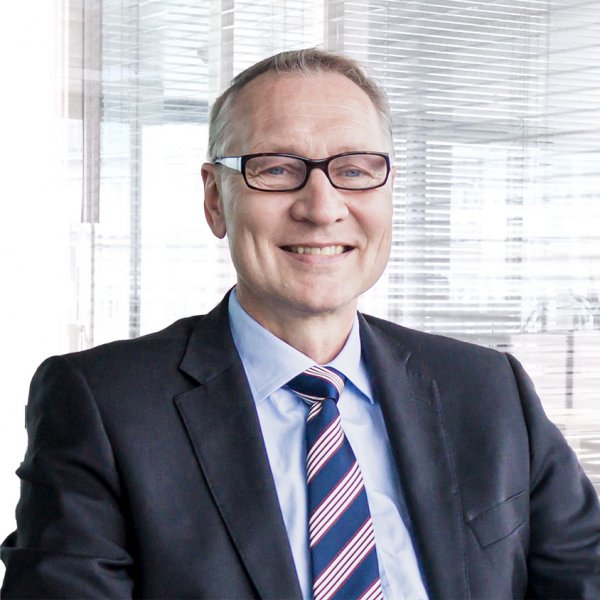BNP Paribas: certified green assets on the rise in Germany
German real estate is becoming greener: the share of certified sustainable building in the commercial investment market remains high despite the difficult macro-economic context, according to research just published by BNP Paribas Real Estate.

In 2023 certified green assets continued to perform well, accounting for 27% of transactions, after posting an outstanding 31% in 2022. This is the second-best result in the past 10 years and highlights the significance of green investments even at a time of rising interest rates, a sluggish economy and a challenging financing environment.
“Although the green building investment market was unable to escape the general downward trend with €4.7bn in transaction volume (-57% vs. 2022), it did prove relatively stable compared to the overall market”, said Hermann Horster, Head of Sustainability, BNP Paribas Real Estate Germany. “Given the extensive slowdown, particularly in the high-volume office segment (-87% for deals of €100m or more), which has always played a key role in green investment, a sharper decline would not have come as a surprise.”
The fact that certified green buildings continue to claim a high share in commercial transaction volume is due to ongoing uncertainty surrounding the EU taxonomy, according to BNP Paribas.
Sustainability and ESG continue to be regarded as a moving target in parts of the real estate industry and many market players regard the EU taxonomy requirements and the PAI (principal adverse impact) criteria set forth in the EU Disclosure Regulation as ambiguous, while the latest CRREM update has turned many buildings that were making good progress along the path to decarbonisation into candidates for stranded assets.
BNP Paribas highlights that there are still not enough clear criteria that define what sustainable investment means: therefore green building certificates are among the few criteria that provide orientation. Investors appreciate the certainty and reliability that green investments offer, and their market share is correspondingly high.
Not surprisingly, it was institutional core investors who put most of their real estate investment capital in certified green buildings. The share in green investments generated by open-ended funds (74%), insurance companies (64%) and pension funds (52%) came to well over 50% in some cases. Equity/real estate funds and investment/asset managers also showed considerable interest in green investments, generating a share of roughly 45%. In absolute terms, investment/asset managers poured roughly €930m into green buildings, followed by corporates (around €750m) and special funds (around €660m).
The importance of certification is growing across all asset classes, but the office sector continues to dominate green building investment. Office assets generated a 44% share in green-building transaction volume ahead of logistics (27%) and retail (21%), both of which did, however, post new record highs in 2023.
The number of certifications continued to rise in 2023, with the number of certified buildings throughout Germany up almost 15% year-on-year to more than 3,200.




